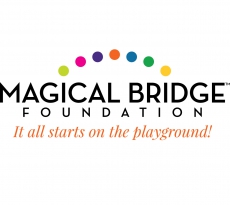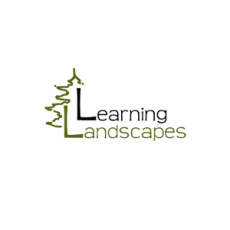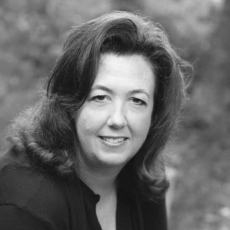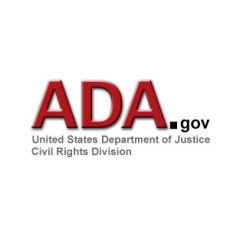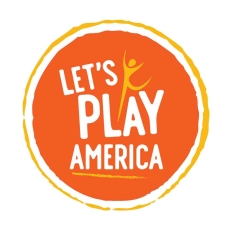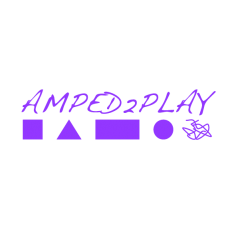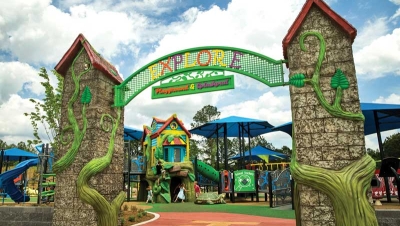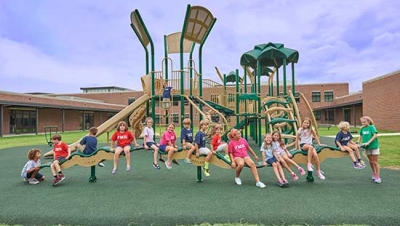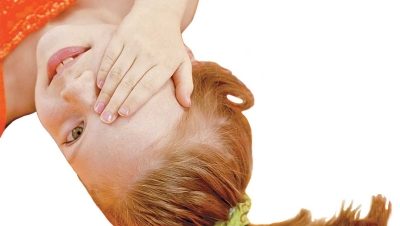In January 2016, Magical Bridge Foundation was formed to bring truly inclusive and innovative Magical Bridge Playgrounds to select Bay Area communities. Regardless of ability, disability, size or age, everyone plays at Magical Bridge.
Nearly 20% of our population is living with a disability, and yet playgrounds are still not designed to meet the unique needs of everyone in our community. Since its April 2015 opening in Palo Alto, California, Magical Bridge Playground has received visitors from around the world interested in replicating our groundbreaking playground model in their communities. This ongoing enthusiasm underscores the urgent and global need for play spaces designed for everyone.
Led by Magical Bridge Playground founder and visionary, Olenka Villarreal, and co-founders Jill Asher and Kris Loew, the formation of Magical Bridge Foundation is responding to the global needs for innovative and inclusive playgrounds. We are pouring years of research, fundraising, development, design, and construction strategies into building Magical Bridge Playgrounds in select communities. In the future, Magical Bridge Foundation plans to expand Magical Bridge Playgrounds beyond the Bay Area.
CEO and Founder Olenka Villarreal at TEDx San Francisco
In this talk, Olenka discusses the importance of applying intentional design thinking into every aspect of our life. Using the Magical Bridge journey, she encourages the creation of more places to promote cross-generational connections, and ensure that every"body" experiences the magic of truly belonging in their community.

